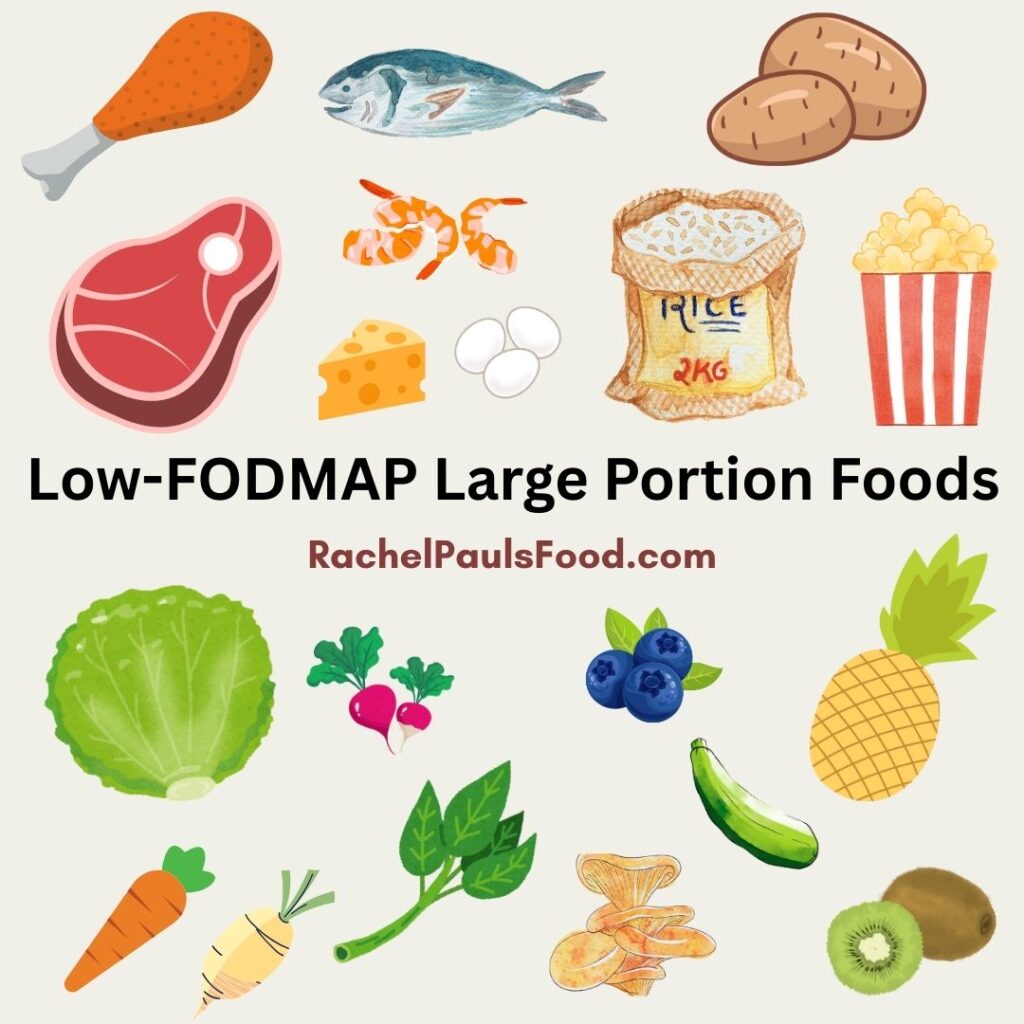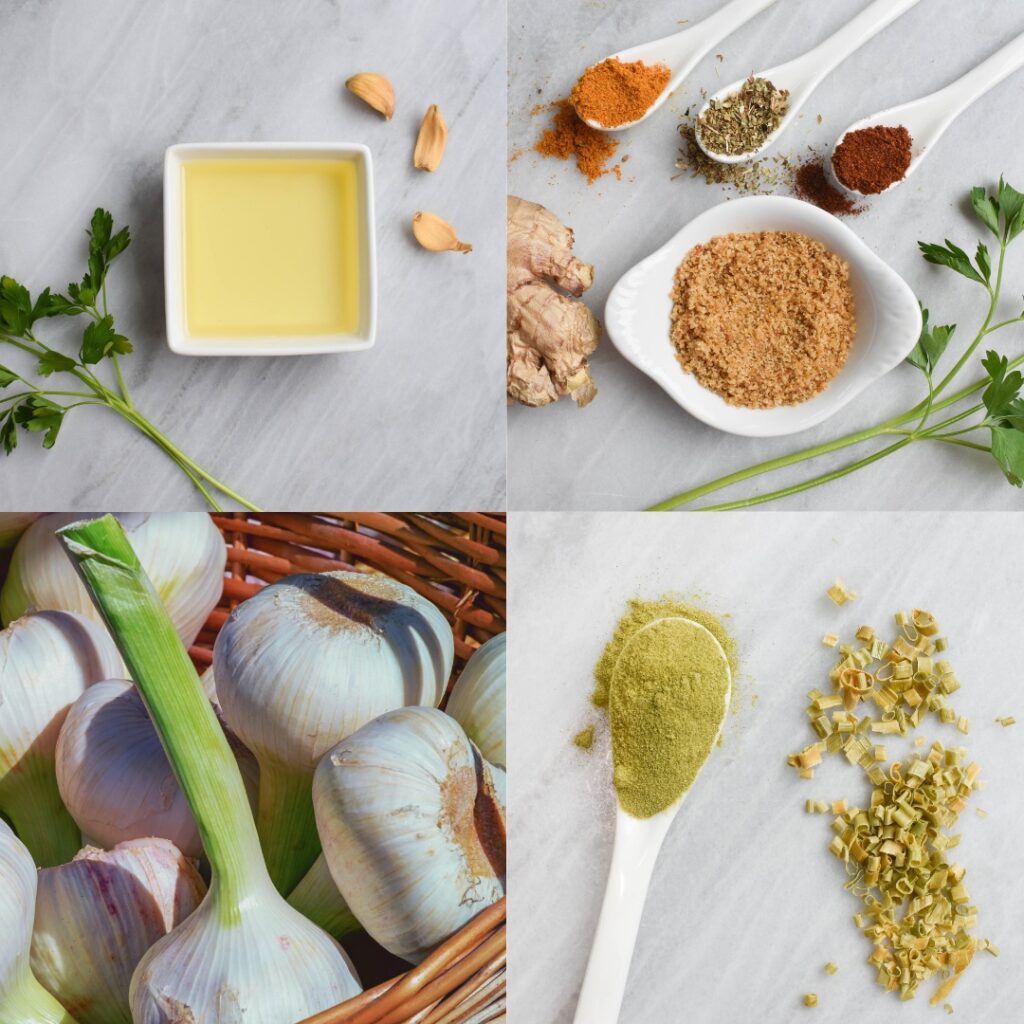
One of the most common questions I get asked from readers is whether a certain item is actually low-FODMAP. They are confused about the accuracy of information, and want to ensure their symptoms are not triggered.
I completely understand this question and concern!
The low-FODMAP diet can be confusing, and overwhelming, especially at first. Plus, to add to this issue, there is a lot of misinformation out there.
One of the reasons I was inspired to write my 2 books, was to guide people through the low-FODMAP diet, from Elimination to Personalization. Click this link to see them on Amazon!
The FODMAP diet food lists are an ever-evolving project. They are constantly being modified, with new foods being tested and added all the time. Some foods have even changed in their reported FODMAP quantities, by having increases, or decreases made to their suggested portion sizes.
As frustrating as it is, this is the reality. For a person like me, that tends to see things very black-and-white, and wants a firm answer, the changing nature of FODMAP data was a source of frustration. However, I am now at peace with the fact that this is a fluid area. I am always cross checking what I think I know, with the most up to date sources (see more on the apps below).
The only true way we have to check FODMAP food data is to use one, or both, of the scientifically supported apps. These include the Monash Uni app, and the FODMAP Friendly app. I suggest you get both to have constant access to the knowledge you need.
Many people learn of the FODMAP diet from a provider that will give them a FODMAP list, with a minuscule listing of acceptable foods. These lists are often woefully out of date, and incorrect. Several posts and forums also exist online, with inaccurate information. Do not assume that these are the limitations you must abide by.
For some foods, FODMAP values could change between a cooked food and a raw food, or a canned food and a fresh food. This should be taken into an account when interpreting what you are going to eat.
Notwithstanding the above, the number of food items that are now considered low-FODMAP is astronomically larger than it ever was. Not to mention almost any food can be tolerated if you have a small enough portion size. This information is liberating and freeing for those of us who have felt that we can’t and shouldn’t.
Trust that when you are reading my blog, you are getting medically-accurate, doctor-researched information.
Feel free to test your own tolerances and experiment with a variety of foods once your symptoms are stable. Food variety and diversity is necessary for a healthy gut microbiome.
Also see my post: Dr. Rachel’s FODMAP Facts: Are Blueberries Low-FODMAP?
Ok, you are saying, BUT WHAT ABOUT BANANAS?
BANANAS AND THE LOW-FODMAP DIET
Below is based on FODMAP data at time of posting
Dr. Rachel’s Note: I highly recommend using a kitchen scale when following a low-FODMAP diet to ensure accurate measurements. It may be much more banana than you think! (make sure to peel before weighing)
We are going to focus on ‘common bananas’ (not sugar bananas) in this post, since those are the ones that we will be purchasing at our stores the majority of the time.
When it comes to common bananas, the amount allowed varies based on ripeness.
A more ripe fruit indicates that more of the fiber carbohydrates in the banana have been converted from resistant starches to sugars that are higher in FODMAPs (you will also notice, that the riper the banana, the sweeter it tastes).
For unripe bananas, the portion size is larger, since there is a lower amount of these FODMAP sugars.
RIPE BANANA (yellow with brown spots, soft)
MONASH FODMAP DATA:
- Low-FODMAP serving size of 37g (about 1/3 large banana)
- Higher amounts contain fructans
FODMAP FRIENDLY DATA:
- Low-FODMAP serving size of 88g (about 1 large banana)
- Higher amounts contain fructans
UNRIPE BANANA (green/yellow, firm):
MONASH FODMAP DATA:
- Low-FODMAP serving size of 95g
- Higher amounts contain fructans
FODMAP FRIENDLY DATA:
- Low-FODMAP serving size portion size of 150g with a maximum of 600g (about 6 bananas)
- Higher amounts contain fructans
Above you will see a discrepancy between the 2 common databases for FODMAP data. This happens, from time to time. Foods vary in their geographic origin, quality, ripeness, and other factors, Each group will test an array of a food, and obtain an ‘average’ to yield their results. This may lead to differences in the reported amounts.
FODMAP friendly app will also provide a ‘maximum allowed serving’, and for an item like bananas, it may be way more than you plan to eat. Bear in mind, that we consume foods in context of a meal, and this maximum could be ‘too much’ if you plan to consume other items that contain fructans.
Importantly, the data leads to questions about ‘what is ripe’ and what isn’t. That may also be what led to the 2 databases having different results. Ripeness is subjective, so I suggest leaning towards a conservative portion size (like Monash) when choosing bananas.
Regardless, personal tolerances are variable. Since I am in the personalization FODMAP stage, I can enjoy a whole banana at a time, provided it is not super-ripe. You can choose to learn your tolerance, and adjust accordingly!
Here are some delicious low-FODMAP banana recipes:
- Double Chocolate Banana Bread; Low-FODMAP & Gluten-free
- Healthy Low-FODMAP One-Bowl ‘Banana Bread’ Breakfast Cookies; Gluten-free, Dairy-free
- The Best Low-FODMAP Banana Bread (or Muffins) with Chocolate & Nuts; Gluten-free, Dairy-free
- Low-FODMAP Cinnamon Sugar Banana Chips; Gluten-free, Vegan
- Low-FODMAP Brown Butter Banana Chocolate Chip Cookies; Gluten-free
- Low-FODMAP & Gluten-free Banana Chocolate Oat Mini Muffins
- Dr. Rachel’s Favorite Low-FODMAP Smoothies; Peanut Banana, Wild Blueberry Chia & Strawberry Almond Flax
For more on the FODMAP diet, check out my amazing posts:
- Dr. Rachel’s Low-FODMAP Diet 5-Day Meal Plan; Recipes and More (IBS-friendly!)
- Dr. Rachel’s Low-FODMAP Fast-Food Options (Because Low Doesn’t Have to Mean No)
- Low-FODMAP Options at Starbucks
- Dr. Rachel’s Low-FODMAP Grocery Shopping List; IBS-friendly, Gluten-free
- Dr. Rachel’s Guide to Starting the Low-FODMAP Diet

Be healthy and happy,
Rachel Pauls, MD








